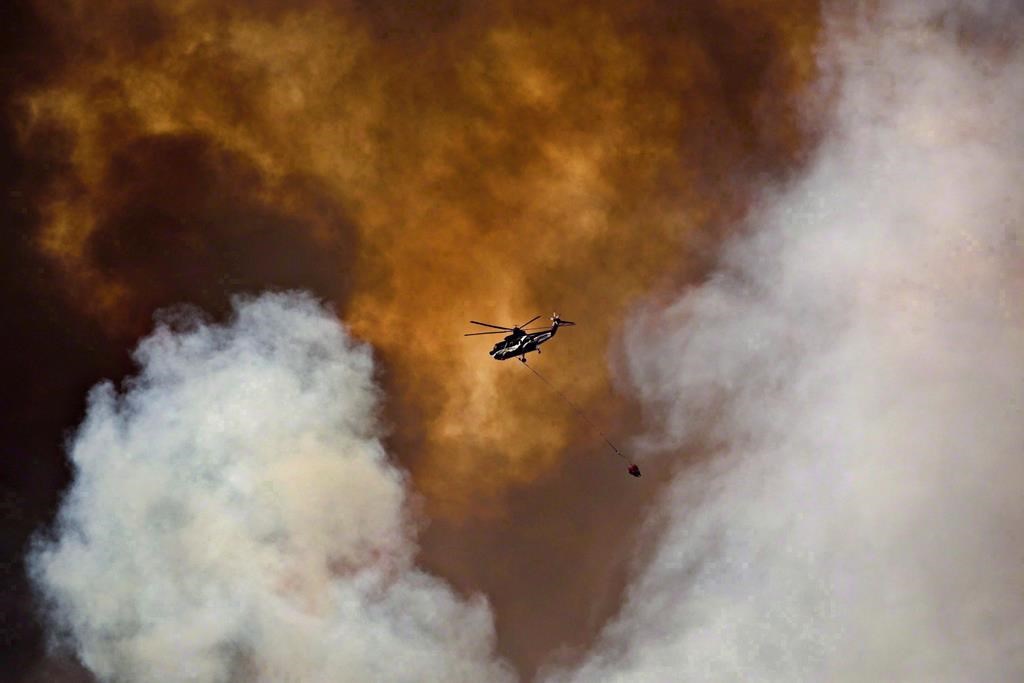A report done 18 months post-wildfire, shows that over one-third of students showed signs of Post Traumatic Stress Disorder (PTSD).
Researchers surveyed 3,252 of the 4,407 students in grades 7 to 12, from both the public and catholic school districts.
Dr Peter Silverstone, Senior Investigator from the University of Alberta, said the results are alarming.
“While you’d expect high numbers in the first few months, to find such high numbers 18 months later was very concerning.”
Silverstone added follow-up studies suggest rates did not drop dramatically.
Research Study
Going by the timeline, the next follow-up study will be on November 2019.
Partnered with the Fort McMurray Public and Catholic School Districts, Silverstone said why they began their work 18 months after the 2016 Wildfire.
“We said we would like to do the work in schools [and] we got approved. However, with the one-year anniversary going on we felt it was not a good time to start talking about it, so we [went] with 18-months. We then did another follow-up at two-and-a-half years, and we’re planning another follow-up [in November 2019].”
The 96 question survey included demographics, mental health, resilience, exposure to, and direct impacts of the wildfire.
The survey was then analyzed to determine possible long-term psychological impacts from the wildfire.
According to the report, published in the journal Frontiers of Psychiatry, only 3,070, or 70 per cent, of the surveys met the criteria for analysis.
The report said youth are particularly at risk from disasters due to their dependence on adults and structural vulnerabilities.
Physical, psychological, and social factors may also affect youth development.
Of the eligible surveys, 37 per cent met the criteria for possible PTSD, while 31 per cent met the criteria for possible depression.
Another 27 per cent met the criteria for possible anxiety, 15 per cent for an alcohol or substance use disorder.
Overall, 46 per cent of students showed signs of PTSD, depression, anxiety, or alcohol/substance abuse.
“Kids who moved to the region after the fire still had significant impact from it.” Said Dr Peter Silverstone. “That’s obviously not as a direct result of experiencing trauma, but just from being in a community that [was] traumatized had such a big impact on the kids that moved there. That really surprised us.”
There were no significant differences between those who were in the region during the wildfire and those who weren’t.
However, students who saw the fire or had their homes destroyed showed higher average scores for all the mental health conditions and possible diagnoses tested and lower scores for quality of life.
Silverstone thanked the Fort McMurray Public and Catholic Schools for their significant work to establish and maintain mental health support programs for students post-wildfire.
“[For] kids who have challenges at this age, it can alter brain development. It’s not something short-term; they can have long-term issues with anxiety, depression, or alcohol or drug abuse, so we really need to address this.”
He said beginning in January 2020, a new program in both school districts would be available for junior high school students.
Those whose homes were destroyed also showed higher rates of possible depression and tobacco use.
Researchers said in the report that the findings “emphasize the need for long-term mental health supports for youth post-disaster.”







